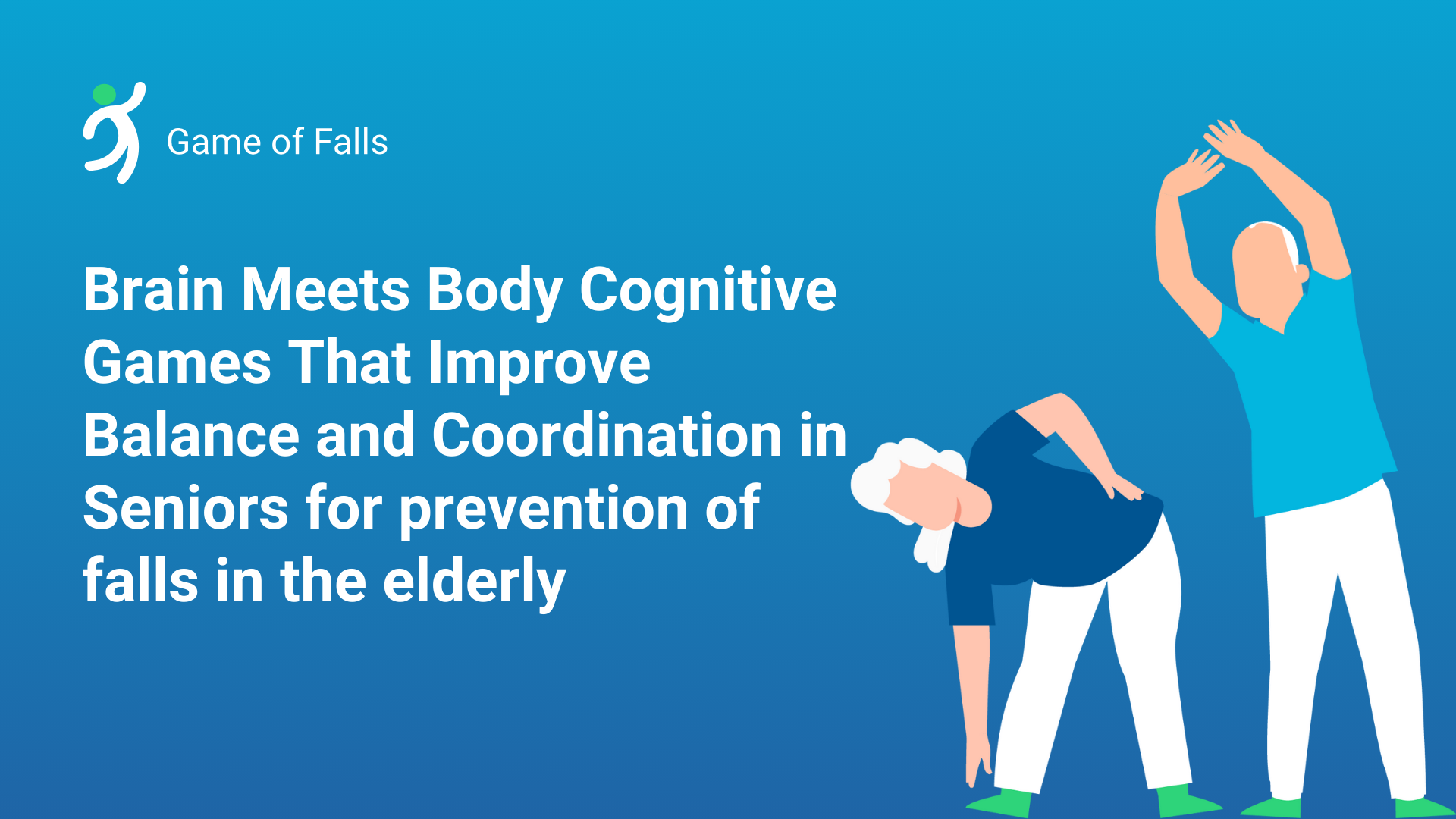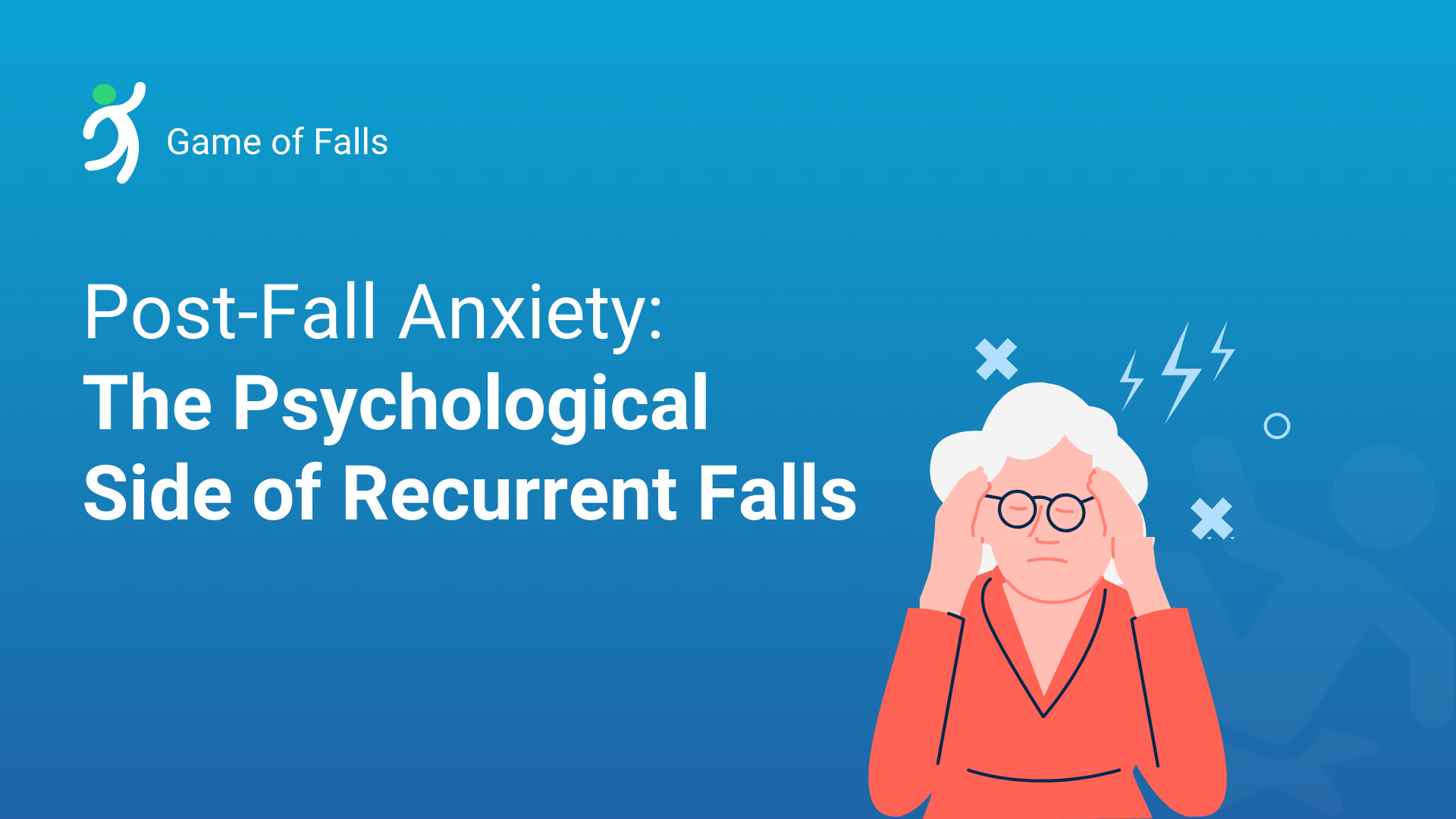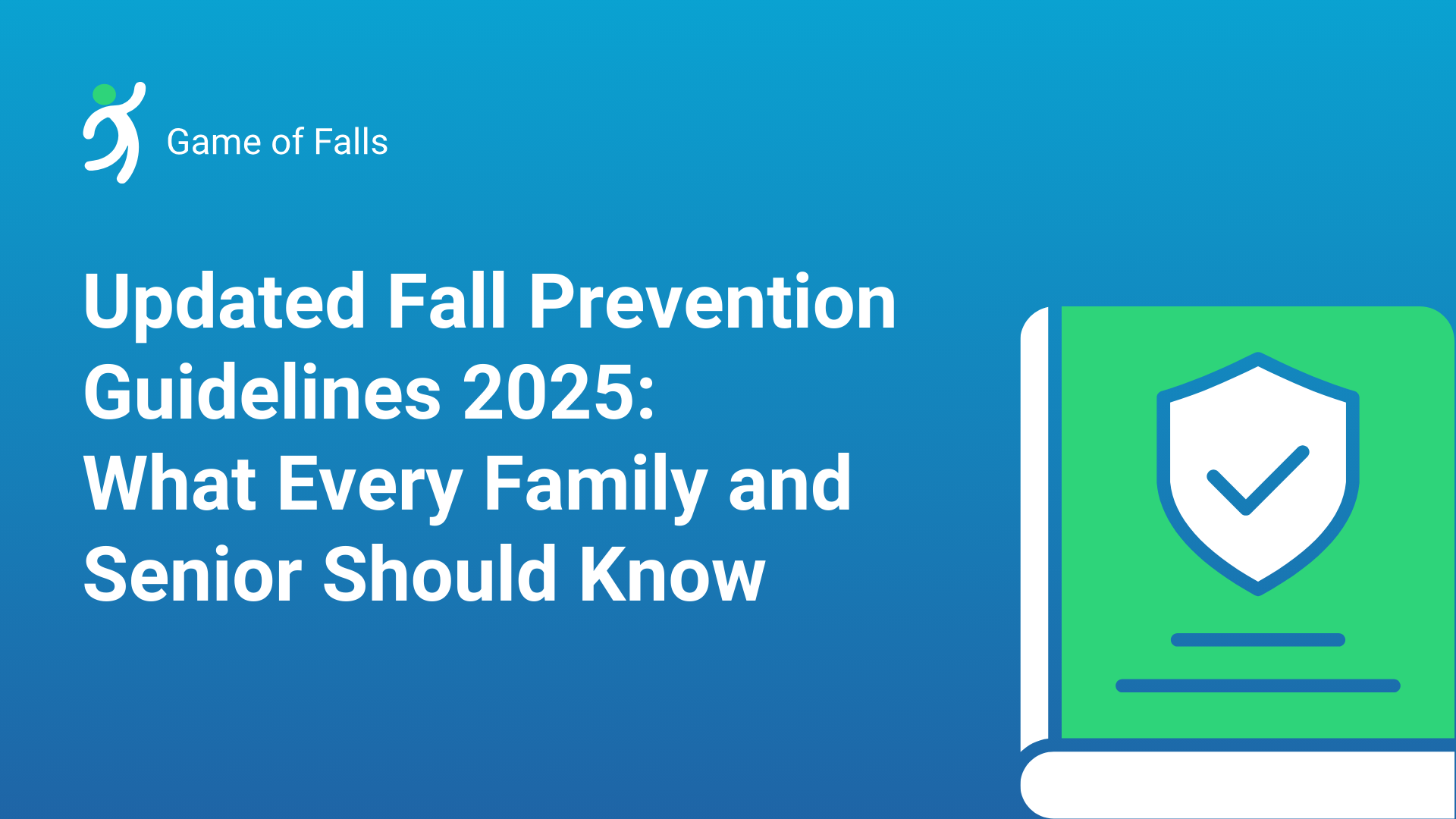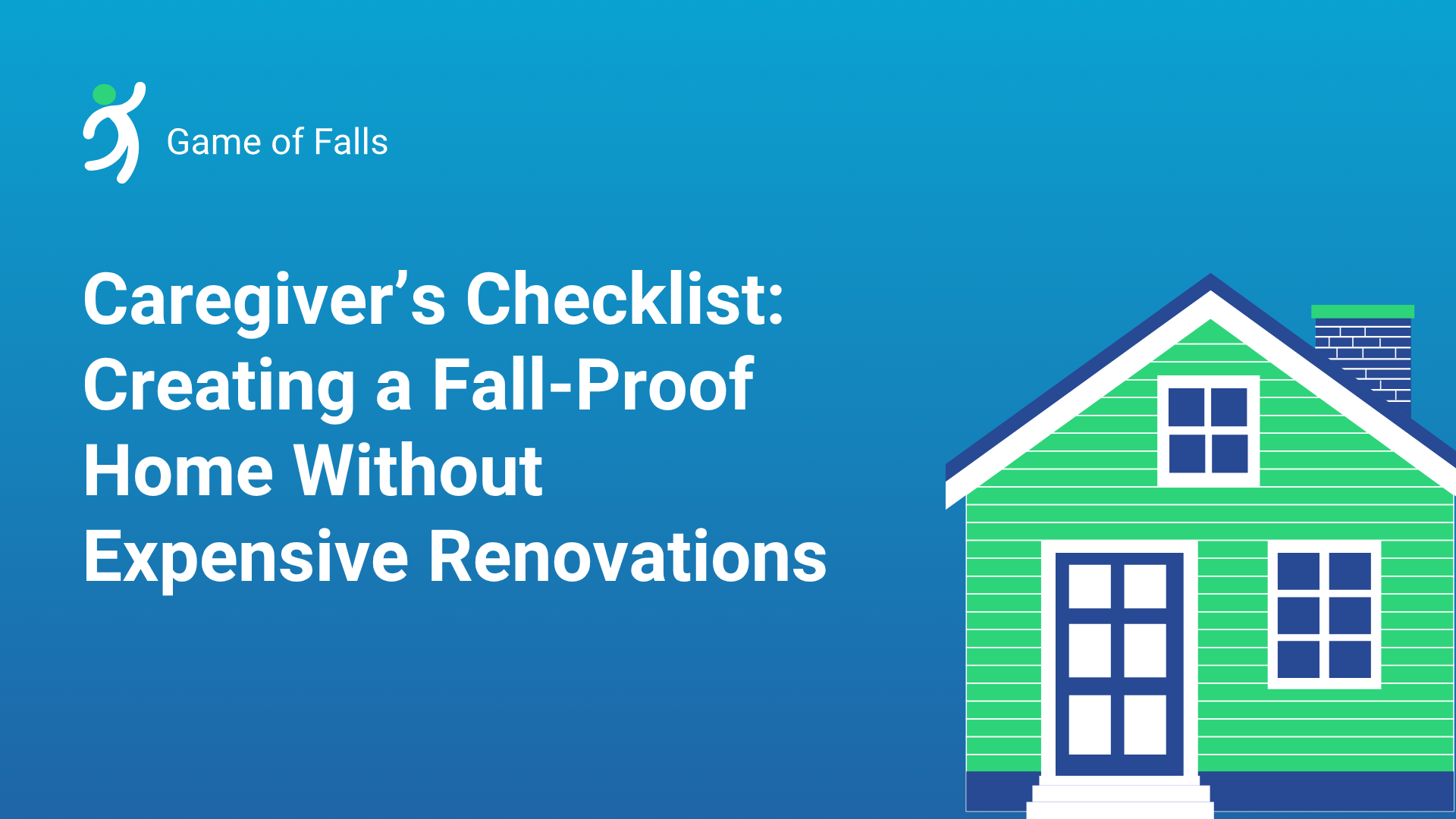
If you’re caring for an aging parent or planning for your own future, you’ve probably wondered how technology can help make senior care better, safer, and more comfortable. The good news? We’re living through an incredible time of innovation that’s transforming how we approach aging and caregiving.
Let’s explore the exciting developments that are making life easier for seniors and their families.
Bringing Healthcare Home: The Telehealth Revolution
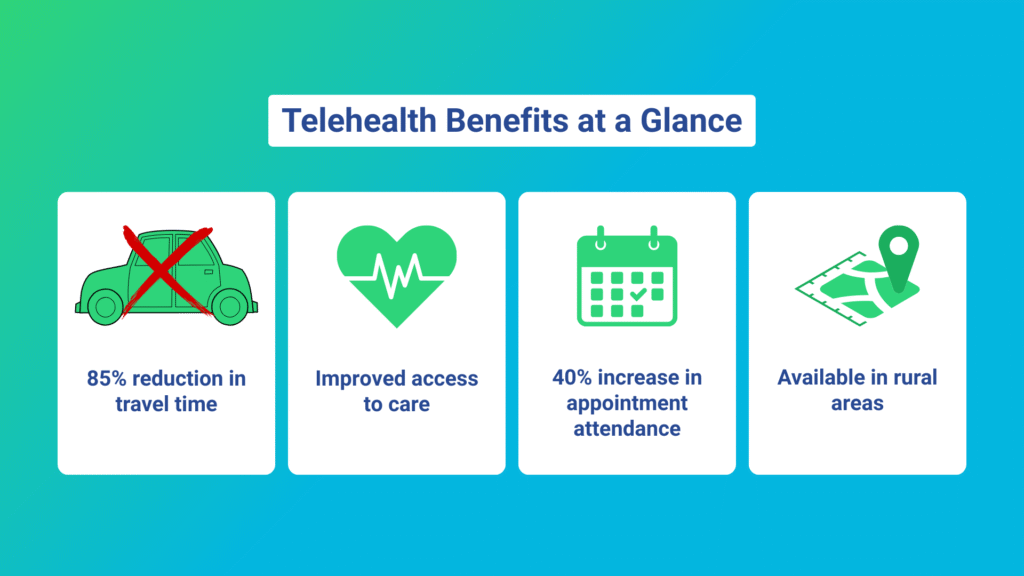
Remember when every doctor’s visit meant a trip to the clinic? Those days are rapidly becoming a thing of the past. Telehealth has become the preferred way, especially for our senior community.
What This Means for You:
- No more stressful car rides to medical appointments for routine check-ups
- Mental health support is now just a video call away
- Remote monitoring lets doctors keep an eye on health conditions without constant office visits
- Perfect for rural areas where the nearest specialist might be hours away
Care That Actually Fits Your Life: The Personal Touch
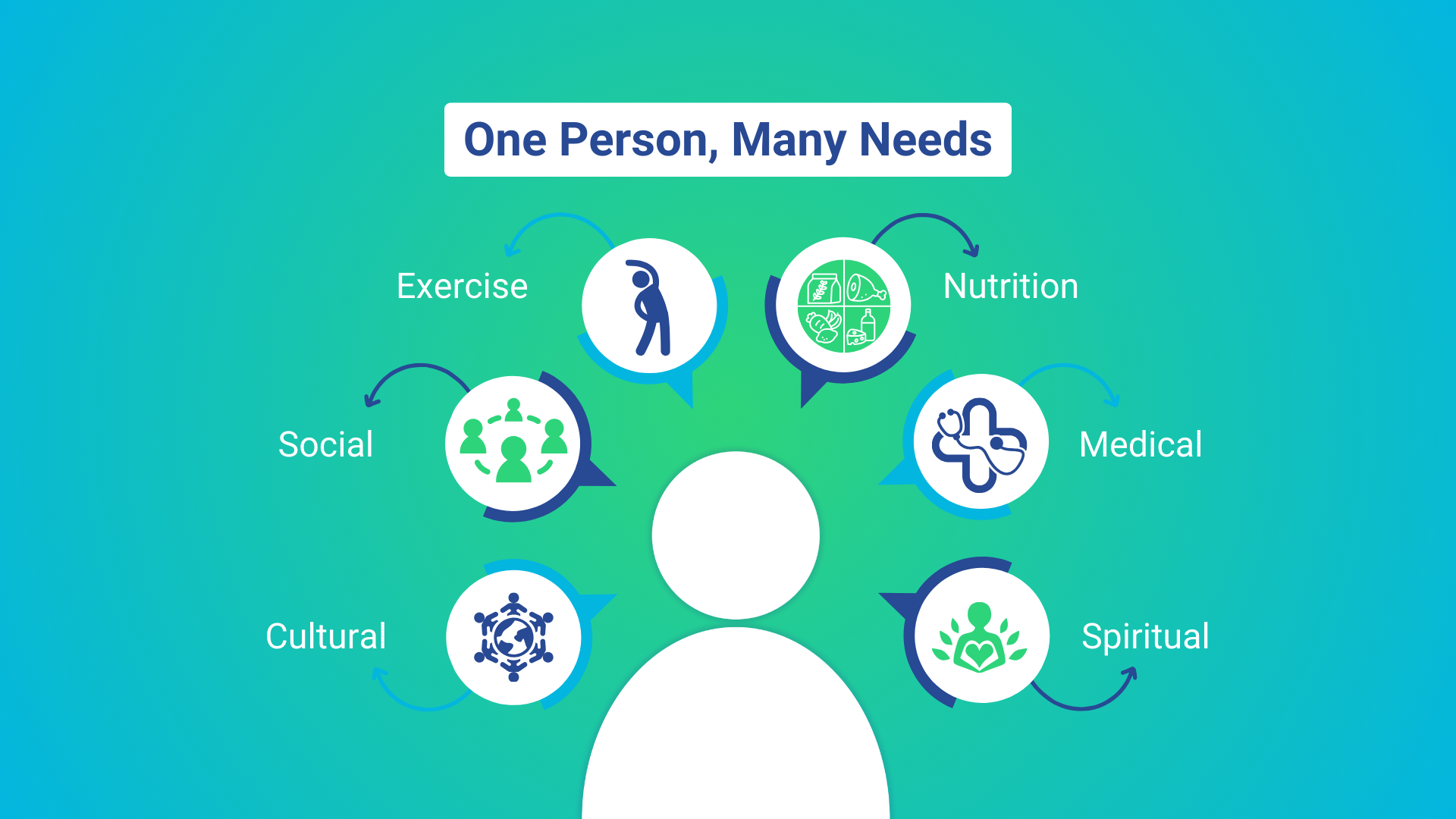
Gone are the days of one-size-fits-all senior care. Today’s approach recognizes that your grandmother who loves spicy food and late-night movies needs different support than your neighbor who’s an early riser and vegetarian.
What Personalized Care Looks Like:
- Custom meal plans that respect cultural preferences and dietary needs
- Activity schedules built around what actually brings joy and meaning
- Sleep routines that work with natural patterns, not against them
- Holistic support that considers mental and emotional well-being alongside physical health
The focus has shifted from just keeping people alive to helping them truly live: maintaining their sense of purpose and staying connected to their communities.
Your Home, But Smarter: Technology That Actually Helps
Smart home technology isn’t just for tech enthusiasts anymore. It’s becoming an essential tool for aging in place safely and independently.
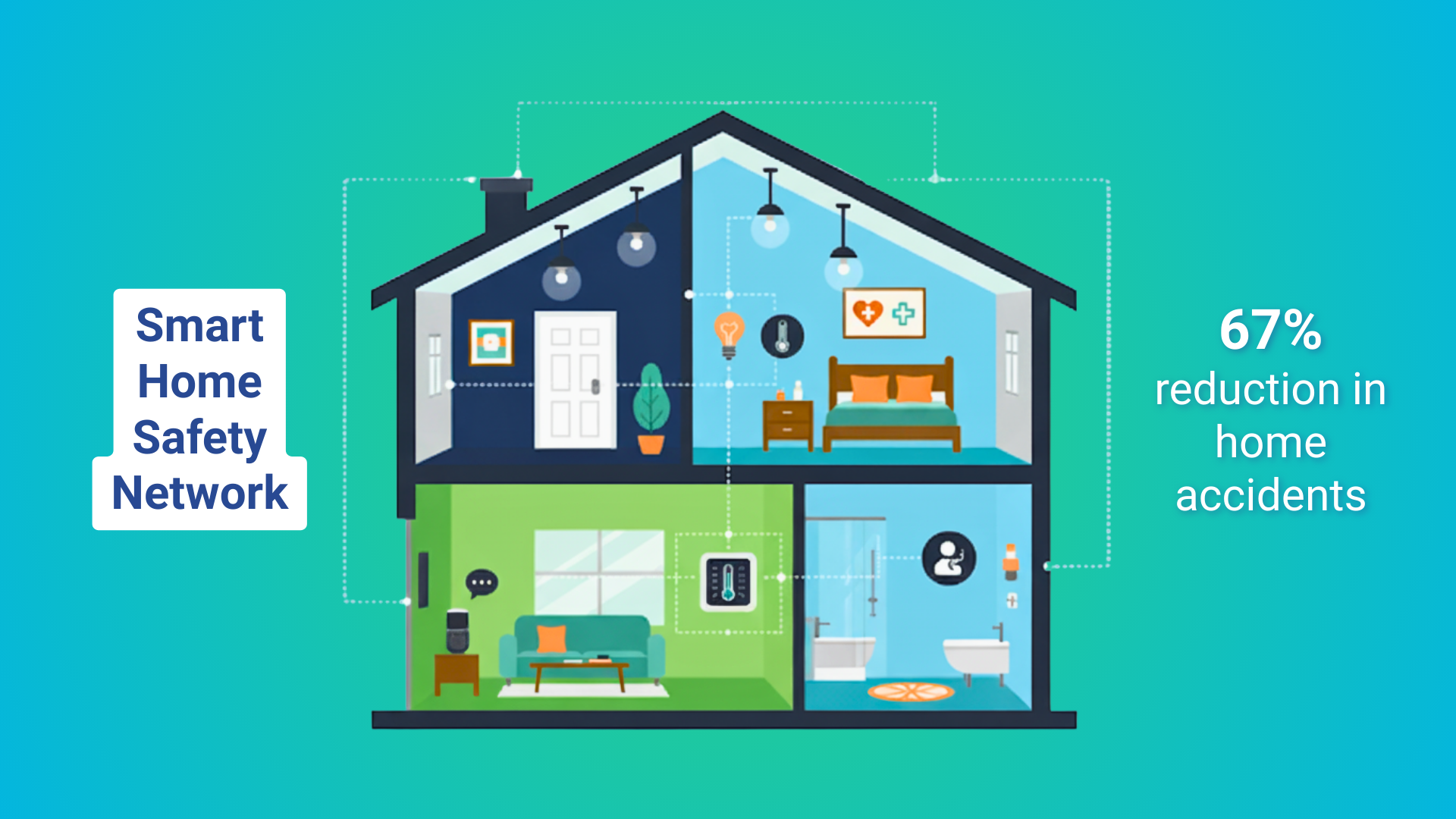
Game-Changing Devices:
- Voice assistants (like Alexa or Google Home) that can:
- Call family members in emergencies
- Set medication reminders
- Control lights and temperature with just your voice
- Automatic lighting systems that prevent dangerous nighttime falls
- Smart thermostats that maintain comfortable temperatures without complicated programming
- Wearable health trackers that monitor heart rate and activity levels
- Smart pill dispensers that ensure medications are taken on time and in the right doses
The beauty of these tools? They work quietly in the background, providing safety and peace of mind without feeling intrusive.
Supporting Memory and Cognitive Health: Digital Solutions That Care
For families dealing with dementia or memory challenges, technology is offering new hope and practical support.
Innovative Memory Support Tools:
- Memory care apps like Game of Falls that provide gentle cognitive exercises
- Digital photo albums that help trigger positive memories and conversations
- Virtual reality experiences that can:
- Transport someone to a favorite childhood location
- Reduce feelings of isolation and anxiety
- Provide engaging, therapeutic activities
These aren’t replacements for human connection, they’re tools that enhance it and create new opportunities for meaningful interactions.
AI and Robotics: The Caring Companions of Tomorrow
While robots caring for humans might sound like science fiction, the reality is much more practical and heartwarming than you might expect.
How AI is Helping:
- Predictive health monitoring that can spot potential problems before they become serious
- Pattern recognition in daily routines that alerts caregivers to changes that might indicate health issues
- Robotic assistants that help with:
- Physical therapy exercises
- Light housework
- Mobility support
- Companionship during long days
The goal isn’t to replace human caregivers; it’s to support them and help seniors maintain their independence longer.
Prevention Over Reaction: The Wellness-First Approach
Perhaps the most exciting shift in senior care is the move from treating problems to preventing them in the first place.
Key Focus Areas:
- Physical activity programs tailored to individual abilities and interests
- Nutrition support that goes beyond basic meal planning
- Social engagement opportunities that combat isolation
- Mindfulness and mental health programs that support emotional well-being
This approach means fewer emergency hospital visits and more time enjoying life with family and friends.
What’s Coming Next: A Glimpse into the Future
The innovations we’re seeing now are just the beginning. Here’s what’s on the horizon:
Emerging Technologies:
- AI-powered health analytics that provide incredibly detailed health insights
- Advanced emergency response systems designed specifically for aging adults
- Customized wearable devices that adapt to individual health conditions
- AI companions that provide emotional support and conversation
The Bottom Line: Technology with Heart
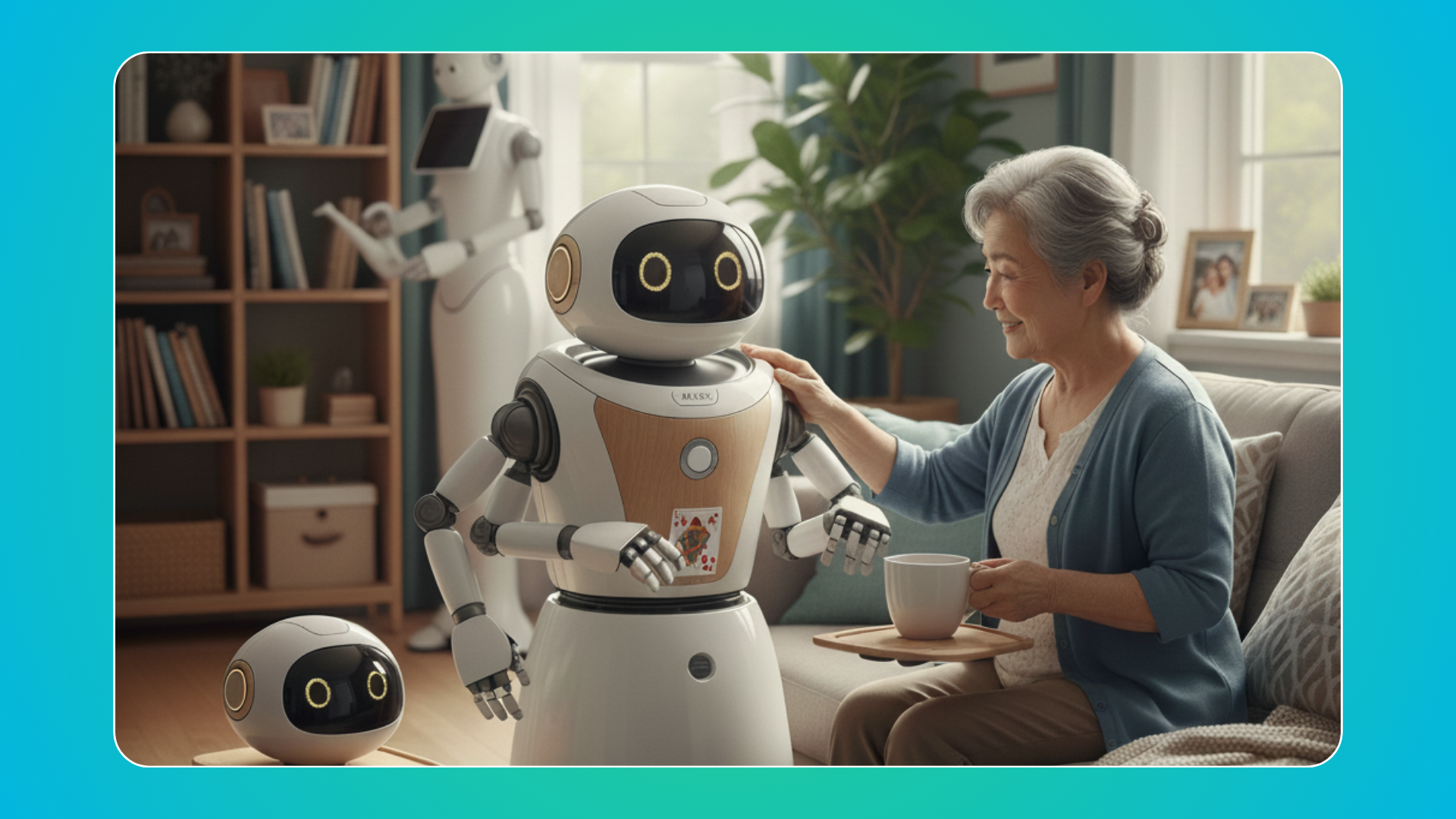
What’s most encouraging about these developments isn’t just the impressive technology – it’s the human-centered approach behind it all. Every innovation we’ve discussed shares a common goal: helping people age with dignity, independence, and joy.
For families navigating senior care, these tools offer:
- Peace of mind knowing loved ones are safer and more supported
- Reduced caregiver stress through automated monitoring and assistance
- Better quality of life for seniors who want to maintain their independence
- Stronger connections between family members, even when distance is a factor
Looking Forward
As we move further into 2025 and beyond, the integration of technology into senior care will only deepen. But at its heart, this revolution isn’t really about the gadgets and apps – it’s about using innovation to honor the wisdom, experience, and dignity of our aging population.
The future of senior care looks brighter than ever, combining cutting-edge technology with timeless values of compassion, respect, and human connection. For seniors and their families, this means more options, better outcomes, and the real possibility of aging not just safely, but joyfully.
Think of the brain as the conductor and the body as the orchestra. When they stay in rhythm, every step lands with confidence. Cognitive games train that rhythm by blending thinking with movement. You learn to notice hazards, choose safe actions, and move with intent. Cognitive training supports attention, memory, and decision speed. These skills […]
The conversation about falls in the elderly often revolves around physical injuries, but there’s another side to this story: the silent, creeping fear that can tiptoe into seniors’ lives post-fall. This anxiety does more than cloud the mind; it can withdraw a person into a shell of inactivity and solitude, paving the way for more […]
Falls among older adults remain a top public health concern in the United States. They cause serious injuries, loss of independence, and even death. To address these challenges with fresh focus and innovation, the US has introduced updated Fall Prevention Guidelines in 2025. These new recommendations offer families and seniors actionable strategies to prevent falls […]
For many seniors living in the U.S., home isn’t just a place; it’s a feeling. Until a fall happens. Falls can be a huge deal for older adults, and they’re actually the top cause of injuries in this age group. The good news, though, is that most of these tumbles happen at home, and with […]

